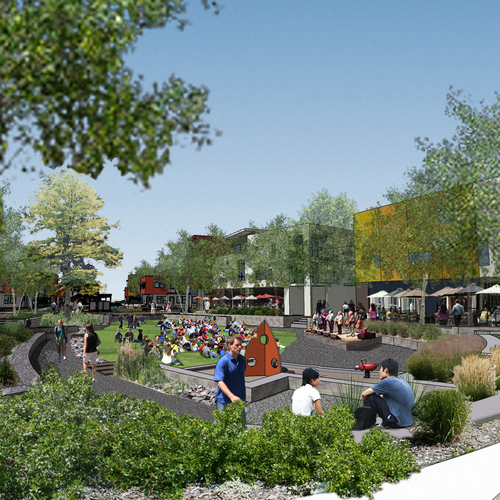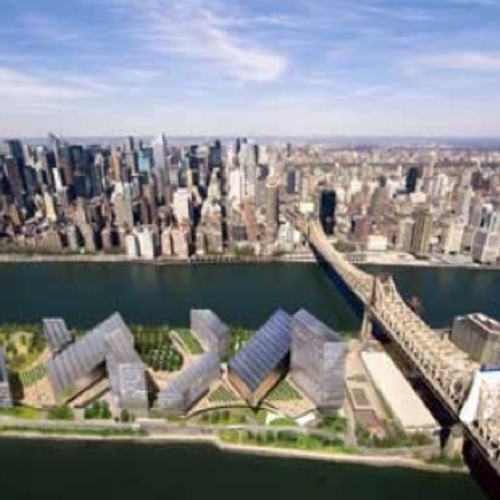Image Credit: Greenhill Contracting Inc.
Image Credit: Greenhill Contracting Inc. Do higher lumber costs make ICF construction more attractive? A Canadian owner/builder planning a new home is asking that question, and while readers have some thoughts on that issue they also raise several other considerations including durability and environmental impact. Photo courtesy Greenhill Contracting Inc.
Anthony Aebi lost his appetite for conventional construction in 2006. Working on his own house, he was discouraged by the quality of the construction details he saw. He says that he realized that, in the grand scheme of things, the house probably wasn’t going to last that long.
“I realized the conventional way we build houses, they’re temporary,” the upstate New York builder said recently by telephone. “They don’t have life spans over 60 years, pretty much. As I was building I could already see decomposition occurring and I thought I was going to quit building, because I didn’t want to build crap any more, or look into other ways of doing things.”
His solution was to start building with insulated concrete forms (ICFs), which combine expanded polystyrene (EPS) foam insulation with a core of reinforced concrete. His houses have triple-pane windows, spray polyurethane foam in the roof, ground-source heat pumps for heating and cooling, and rooftop photovoltaic arrays for power. They’re all designed for net-zero energy performance.
Aebi’s construction company, Greenhill Contracting Inc., is working on or planning three net-zero subdivisions within a 20-mile radius of New Paltz, New York, some 80 miles north or New York City in the Hudson River Valley. Another two-house project in Esopus, New York, has been completed. When fully built out, the projects will have a total of 47 houses ranging in size from about 2,000 s.f. to 6,000 s.f.
ICFs, from footings to roof
Although the houses vary in size and architectural design, they do have one thing in common: the exterior walls, “from the footers to the roof, including the gables,” are made of ICFs manufactured by Fox Blocks.
A 6-inch core of concrete is sandwiched between two 2 5/8-inch layers of EPS insulation, giving the wall a total R-value of about 22, Aebi says. There are between 3 1/2 inches and 4 1/2 inches of closed-cell sprayed polyurethane under the slab, and R-60 worth of sprayed foam in the roof.
Although the R-values of the exterior walls aren’t that high when compared with many net-zero or Passivhaus designs, air infiltration rates are very low.
Aebi said three houses in a subdivision called The Preserve at Mountain Vista were just blower-door tested with leakage measured at 0.29, 0.28 and 0.34 air changes per house at 50 pascals of pressure (ach50). That’s about half the air leakage of the Passivhaus standard, 0.6 ach50.
Abe’s houses also have Lifebreath heat-recovery ventilators, triple-glazed windows with U-factors of roughly 0.20, and, most recently, ground-source heat pumps manufactured by Water Furnace. The homes’ PV arrays are rated at 7 kW to 15 kW, depending on the size of the house.
In all, Aebi says he has completed nine houses, seven of which have measured net-zero performance for at least one year.
Bringing net-zero to production building
The largest of the company’s projects is Green Acres, a 25-unit subdivision where seven houses have been completed so far. The first was occupied in March 2009.
Aebi’s current project is the nine-unit Mountain Vista subdivision, which he plans to complete before returning to Green Acres or the planned Scenic Meadows subdivision. All nine shells at Mountain Vista are up and windows installed.
Mountain Vista is an attempt to lower the price of these net-zero houses by 20% to 30% when compared with a typical one-off custom house.
“The idea is that we’re using production techniques to try to get the prices down,” he said. “By building nine at a time we’re getting the economies of scale. We’re sticking our necks out a little bit but the idea is what a production builder would typically do.”
The houses average 2,400 s.f. in size and will sell in the “low to mid 400s,” according to Aebi. Once land, septic, infrastructure and other non-house expenses are backed out, he hopes to get construction costs down to $100 per s.f. or less.
Hoping for a hand from Washington
State and federal incentives help reduce the upfront cost of energy systems and heating and cooling in the houses that Aebi is building, but he also is banking on a new measure introduced in the U.S. Senate in June.
The SAVE Act, introduced by Sen. Michael Bennett, a Colorado Democrat, would make it easier for borrowers to get credit for the energy-saving features built into the house. A lack of clear appraisal guidelines that allow realistic valuations for energy efficiency has been a frustration for many builders and homeowners.
The measure has been referred to the Senate Banking, Housing and Urban Affairs Committee, but so far there’s been no further progress.
How Greenhill’s projects ultimately do may depend on convincing buyers they’ll get a good deal even if the initial costs for net-zero construction are higher. And Aebi thinks the legislation is key. “If that bill passed it would make it completely foolhardy not to build or buy a non-zero energy house,” he said.
Weekly Newsletter
Get building science and energy efficiency advice, plus special offers, in your inbox.
















0 Comments
Log in or create an account to post a comment.
Sign up Log in